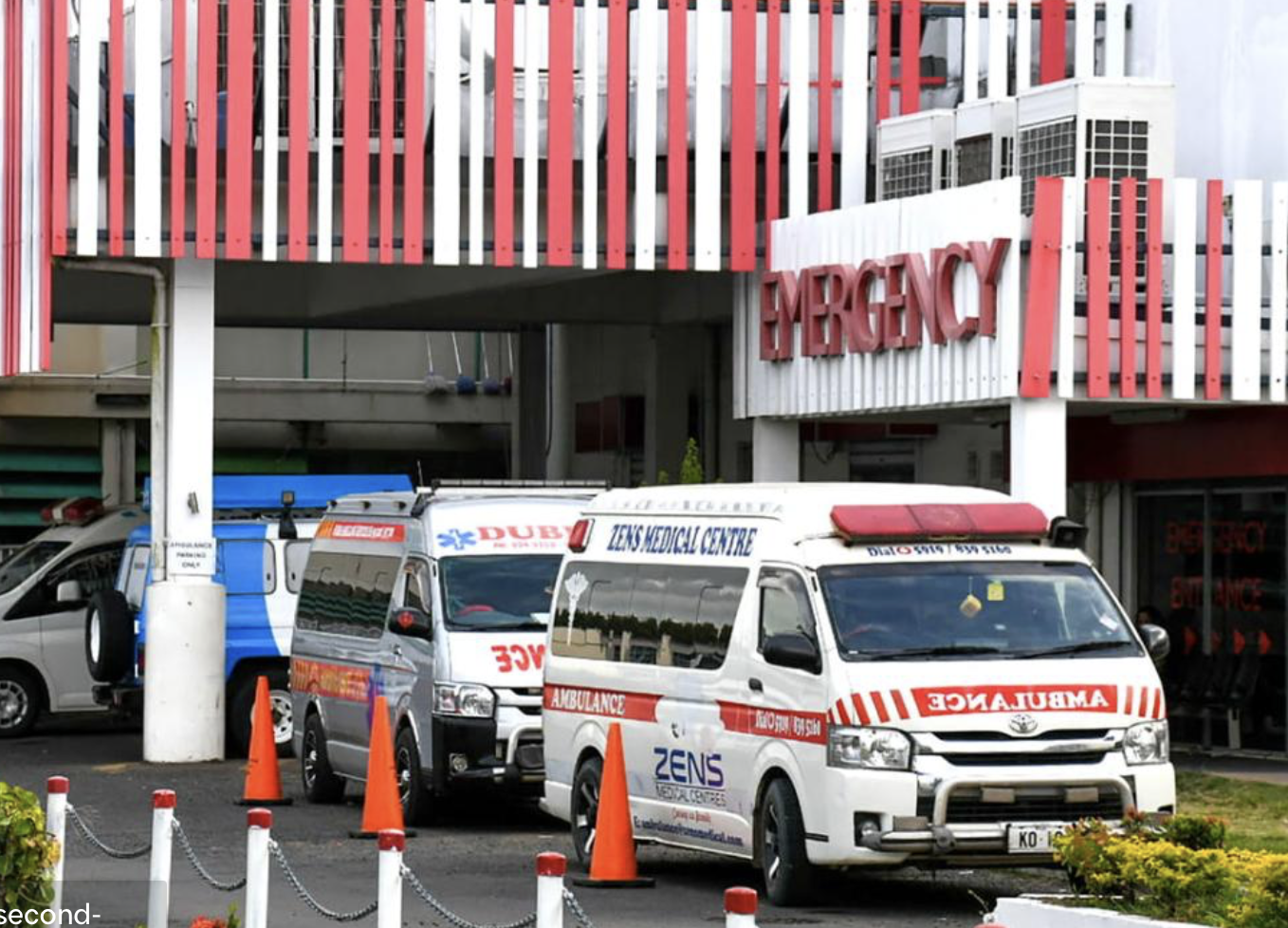Fiji provides social health protection to its population through tax-funded services. Domestic general government expenditure is estimated at 4% of GDP and 7.2% as a share of general government expenditures in 2020. These data indicate the government’s policy of prioritizing health relative to the general budget expenditures in Fiji. The government provides a degree of financial protection to the population by keeping out-of-pocket (OOP) spending at a low level. In 2020, OOP spending was reported to be 14% of current health expenditure (CHE) in Fiji.[1]
A primary health care based health system
The health services offered by the public sector include both primary level provided by primary health care facilities and in- and out-patient services available at clinics and hospitals. Free primary and other health services in Fiji keep health costs low for all residents. On the other hand, a low level of financing and allocative inefficiencies likely hinders effective health coverage for all. The geography of Fiji, as well as social and cultural factors, also impede population access to services, which ultimately impacts use.
Available health services need further improvements
Life expectancy among the Fijian population is lower than in many parts of the Pacific Islands, which suggests that the capacity of the national health care system to deliver effective services remains limited.
Fiji provides comprehensive legal social health protection coverage to its population. However, further efforts will be needed to boost the utilization of services and improve effective coverage. Increasing and rationalizing funding, as well as improving efficiency in spending towards primary level of services, will be key to sustain access for all.
The Ministry of Health and Medical Services (MHMS) has recently adopted its Strategic Plan (2020 ̶ 2025)[2] outlining a strategy to advance universal health coverage (UHC) and provide the quality of health services necessary to ensure good health for all.
References
[1] Global health Expenditure Database. World Health Organization.
[2] Ministry of Health and Medical Services – Strategic Plan 2020-2025



